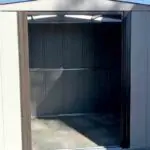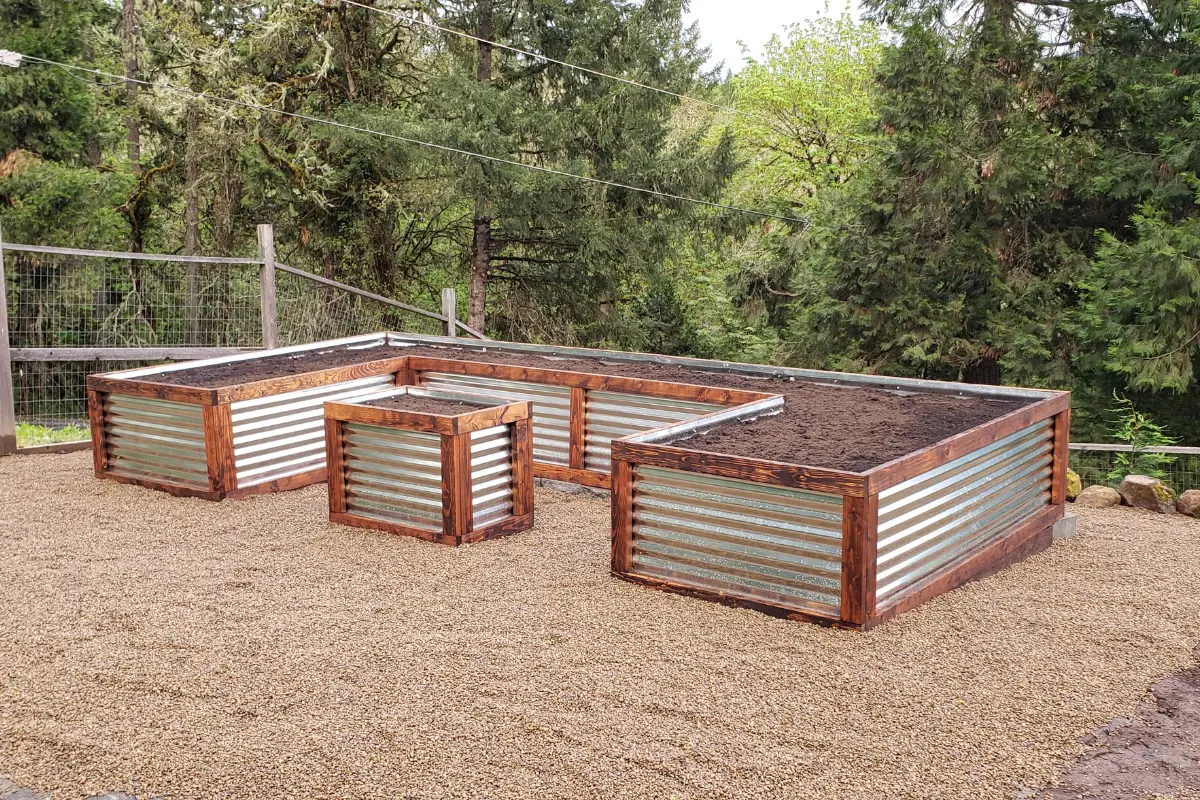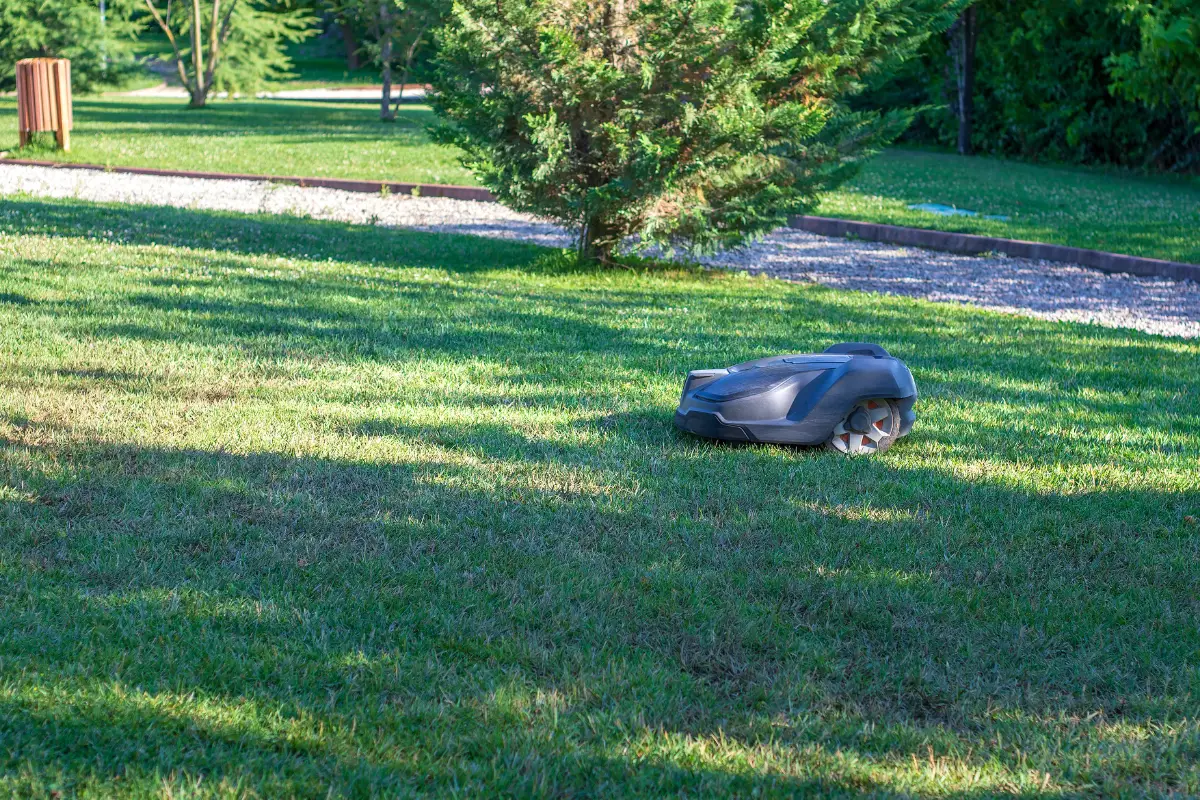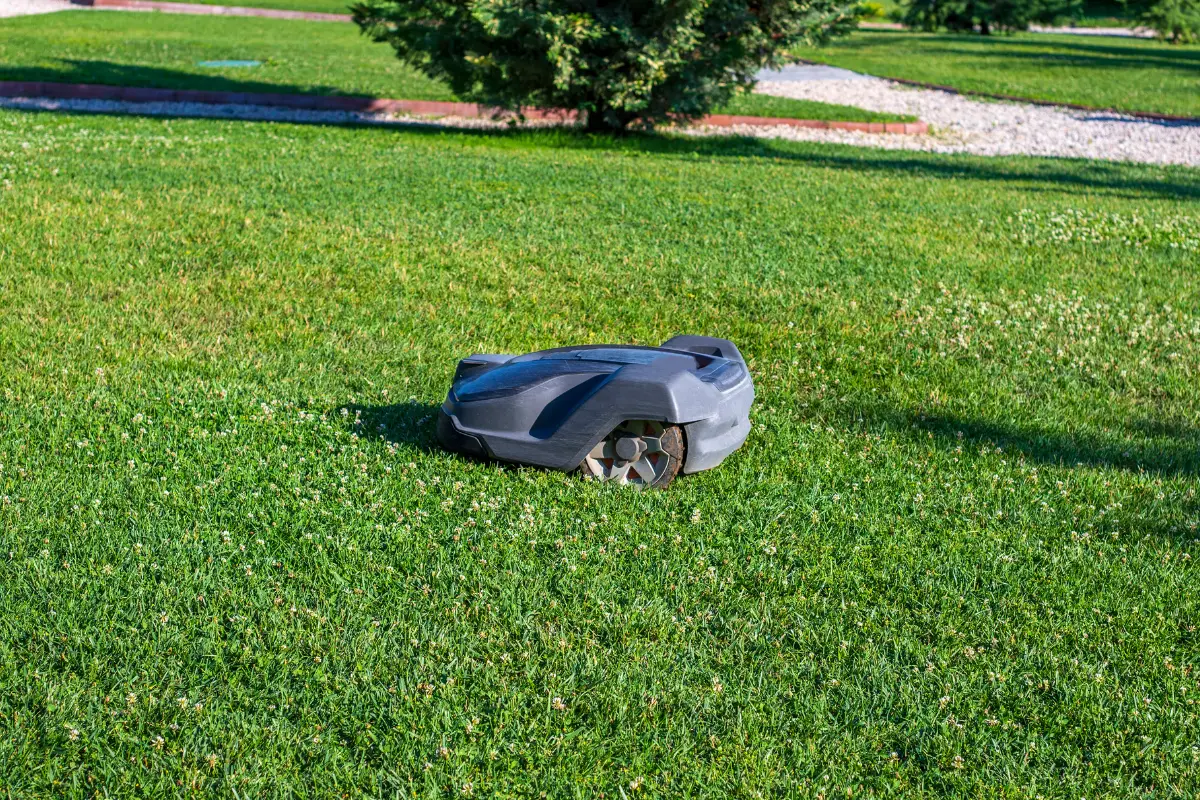Did you notice dampness inside of your metal shed? To stop dampness from entering your metal shed, you’ll need to deal with condensation. You’ll want to make the inside of your shed as dry as possible while improving airflow and ventilation. This method prevents condensation from occurring inside the structure again.
You must keep moisture out of your shed! Water can cause corrosion, leading to issues in the structure’s integrity over time. It’s best to take care of the problem now before it gets worse.
Is Metal the best material for sheds? Find out Pros and Cons here…
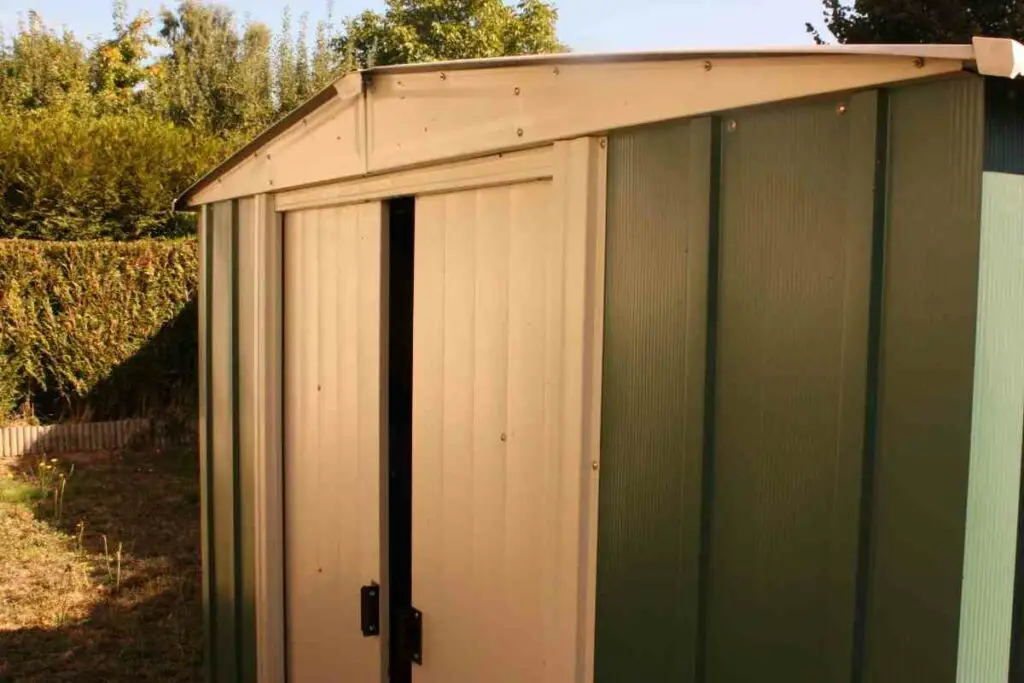
Why Shouldn’t a Shed Be Damp?
Excessive dampness in a metal shed can cause a lot of issues. The water can cause the building to deteriorate, making for a costly fix. Plus, all of the items you have stored in the shed are at risk!
Metal tools, especially since they can also rust, could be ruined by water. Any wood stored inside the shed can also rot, while other items can grow mold or mildew.
Overall, you don’t want your shed to be damp! You must take the time now to deal with water. You’ll save yourself plenty of effort if you correct the dampness now.
How Can I Stop Dampness in a Shed?
Metal sheds can naturally attract water through condensation. Because of this, you’ll need to set up precautions to manage it now.
There are multiple steps for keeping your shed damp-free. The more you do, the less moisture you’ll find in your shed! You’ll want to use these tips:
- Keep the inside dry
- Add more ventilation
- Apply more insulation
- Use a dehumidifier
- Try anti-condensation paint
- Fix leaks
Overall, you can deal with condensation in multiple ways. These methods are incredibly effective and are cost-efficient, so make sure to give them a try!
How Do I Keep My Metal Shed Dry?
First, you need to make sure your metal shed is always dry. You’ll want to check on your structure after the next time it rains in your area or is very humid. If you see condensation or leaks, you’ll want to wipe them up with a towel.
Then, you can also set down a box fan to increase airflow. The air helps dry the floor of your shed and prevents mold from forming on your belongings inside.
Prices pulled from the Amazon Product Advertising API on:
Product prices and availability are accurate as of the date/time indicated and are subject to change. Any price and availability information displayed on [relevant Amazon Site(s), as applicable] at the time of purchase will apply to the purchase of this product.
Water can also seep through the floor since it sits directly on the ground. You may be able to add a raised floor to deal with this, but it’s not always necessary.
While you should always try to keep the inside of your shed dry, it’s not enough to remove the dampness. You’ll want to use this method in combination with other options.
How Do I Add More Ventilation to My Metal Shed?
You’ll also want to add more ventilation. Doing so gives water a place to escape when it’s in the air, so it doesn’t form condensation on the metal roof.
Add a few small holes around the eaves on opposite ends. When the weather is nice, you can also open any windows on the shed or the door. Adding a fan to these openings can also greatly improve the ventilation inside the shed.
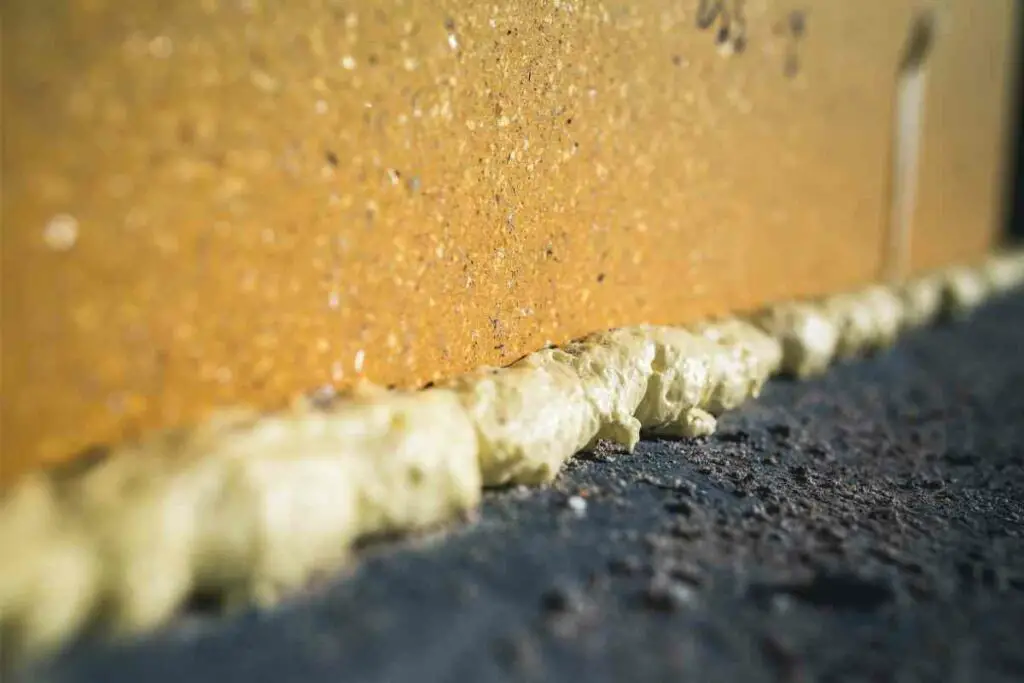
How Do I Apply More Insulation to My Shed?
A strong seal inside the metal shed prevents water from entering, making adding insulation a great way to combat dampness. Many people use a closed-cell polyurethane spray foam to do the job!
You’ll need to cover the interior area with spray foam, making sure to reach any gaps in the shed. The foam expands in any cracks that it reaches, filling them in. When you add insulation, your ventilation systems can also work more effectively.
This option is a quick, cost-effective fix. You don’t need to build an interior frame to support the insulation since it’s a sticky foam. Make sure to follow the spray can’s instructions for the best results.
What Does a Dehumidifier Do?
Next, you’ll want to consider adding a dehumidifier to your metal shed. A dehumidifier absorbs moisture from the air and keeps the inside of your shed dry. If you include one of these machines in the small space, it’s sure to remove all condensation.
Plus, you won’t need a large one for your shed, making it easier to find a budget option. A dehumidifier works best with insulation, so make sure to add some beforehand.
In short, a dehumidifier is a valuable tool for dealing with condensation. It removes moisture from the air and keeps the inside of your metal shed safe from rust.
How Do I Fix Leaks in My Metal Shed?
You must deal with any leaks you find. It would help if you temporarily plugged up the holes with a towel, then make sure the area is completely dry. Next, you’ll want to find roofing cement that works with metal.
This type of cement works well to patch up leaks in metal sheds. You can also find this material in various colors and styles, allowing you to match it precisely with your shed. It won’t be nearly as noticeable that way.
However, if you can’t find roofing cement, you can try Butyl Tape Waterproof Aluminum Butyl Rubber Tape. An amazing alternative, Cheap, No mess, No fuss. Just make surface is as dry as possible before applying.
Prices pulled from the Amazon Product Advertising API on:
Product prices and availability are accurate as of the date/time indicated and are subject to change. Any price and availability information displayed on [relevant Amazon Site(s), as applicable] at the time of purchase will apply to the purchase of this product.
Why Should I Use Anti-Condensation Paint?
Anti-condensation is another measure you can take to reduce dampness in your shed. After applying, the paint dries in a type of plastic and is about ten times thicker than standard house paint. This feature gives you additional insulation.
For a metal shed, make sure that you apply another coat of paint after the first one dries. Doing so gives you extra protection from moisture.
This method works best when there aren’t any leaks in the shed. If you do have water flowing in, you’ll need to deal with that before you try to add the paint.












